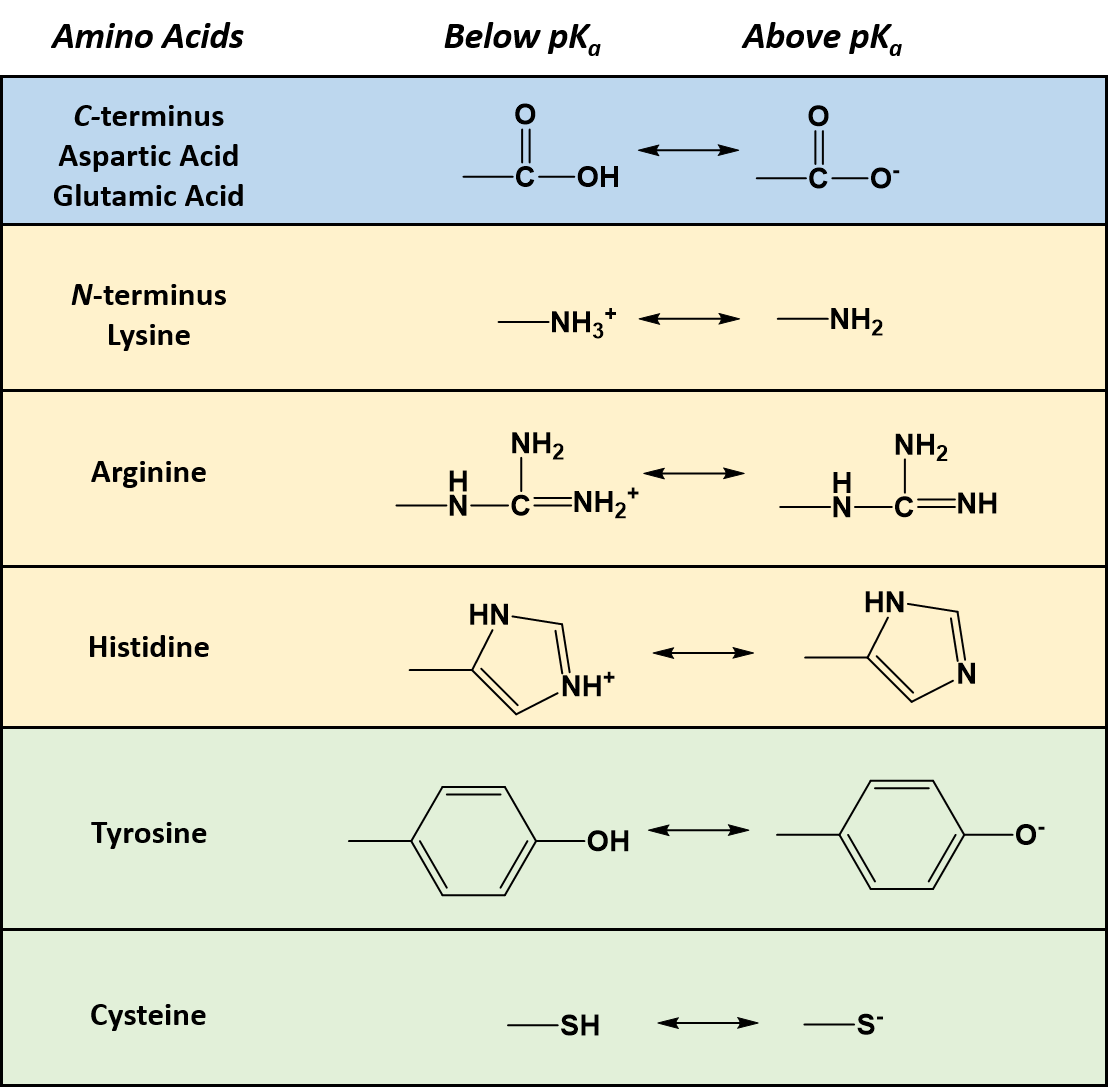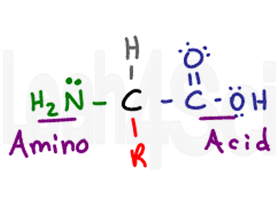


This dependence of a different enzyme for the activation of a protease is a common way for the body to prevent the digestion of organs and other harmful enzymatic side-effects.Ĭhymotrypsin operates through a general mechanism known as the ping-pong mechanism (Figure \(\PageIndex\) : Kinetic Constants of the Chymotrypsin-Catalyzed Hydrolysis of p-Nitrophenyl Trimethylacetate at pH 8.2 k 2Ġ.01 M tris-HCL buffer, ionic strength 0.06, 25.6 ± 0.1 ☌, 1.8% (v/v) acetonitrile-water. Recent advances in crystallization methods have permitted to resolve the molecular structure of several members of the rhodopsin family of G protein-coupled receptors (GPCRs). Upon secretion into the lumen of the small intestine, it is converted to its active form by another enzyme called trypsin. The role of hydrophobic amino acids in the structure and function of the rhodopsin family of G protein-coupled receptors. Instead of the active form, however, it is produced as an inactive zymogen called chymotrypsinogen to prevent its protease activity from digesting the pancreas. For this reason, one generally finds these amino acids buried within the hydrophobic core of the protein, or within the. the part of the side-chain nearest to the protein main-chain): Hydrophobic amino acids are those with side-chains that do not like to reside in an aqueous (i.e.

Synthesis of chymotrypsin occurs primarily in the pancreas. Amino acids that are part hydrophobic (i.e. The study of these two kinetic states gives evidence of the "Ping-Pong" mechanism, the formation of covalent complexes leading to covalent hydrolysis reactions, and the rate of the catalyzed reactions. Chymotrypsin is one of the most studied enzymes due to its two phase kinetics: pre-steady-state and steady state.


 0 kommentar(er)
0 kommentar(er)
